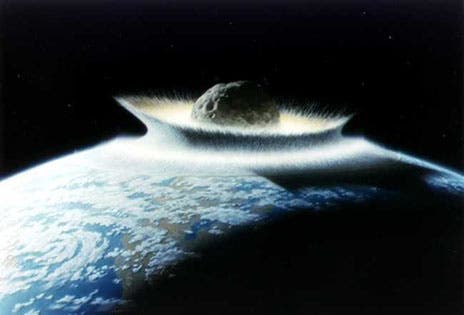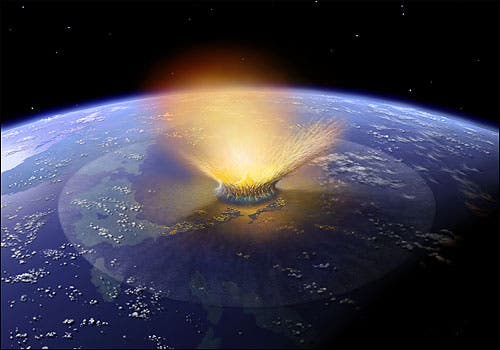In 1980, Luis Alvarez and his team shocked the whole world when they announced their theory that an asteroid impact that took place 65 millions years ago was responsible for the extinction of the dinosaurs and much of that time’s living organisms. Despite the fact that they delivered substantial evidence, there are still some minor gaps in the theory, and the subject is open for debate. However, something did happen, and the devastated life on the planet had to make a comeback.

Researchers have been debating how long that comeback actually took; previous research pointed somewhere at about 1 million years, but researchers from the MIT and their coworkers found that at least some microscopic marine life forms such as algae or cyanobacteria (the so-called “primary producers”) recovered within a century of the mass extinction. This was extremely hard to prove because while previous studies analyzed fossils in the layers of sediment from that period, this one looked at soft bodied organisms that do not leave fossils behind them. Instead, they focused on what is called “chemical fossils” — traces of organic molecules (compounds composed of mostly carbon and hydrogen) that reveal the organism they once formed despite the organism itself being long gone.
In order to achieve this, they went in Denmark, to look at a section of a well known cliff face at Stevns Klint; the cliff face is known for having an extremely thick layer of sediment from that period of about 40 cm (that may not seem much, but compared to the few cm of the layer Luis Alvarez studied 30 years ago, it is). Also, they had an advantage the American scientists couldn’t have: one of the most powerful Chromatograph-Mass Spectrometers (GC-MS) in the world (it’s a device that can measure minute quantities of the molecules located in the rock).
The point is that many people have analyzed that particular face cliff, but when they lack the sensitive of the MIT equipment (or something equivalent, they “miss a big part of the picture,” leader of the study Julio Sepúlveda says.
“Many of these microorganisms are at the base of the food chain, but if you don’t look with biochemical techniques you miss them.”
They claim this analysis clarified the sequence of events that took place after the big impact . Just after the impact, some areas of the ocean were ‘robbed’ of all their oxygen and thus became hostile to algae. However, in areas close to the continental microbial life took less then a hundred years to bounce back and algae showed the first signs of recovery; however, as you move towards the middle of the ocean, it took more and more time to recover.
“Very soon after the impact, the food supply was not likely a limitation” [for other organisms, and yet] “the whole ecology of the system remained disrupted”, Sepulveda says.
“Primary productivity came back quickly, at least in the environment we were studying,” says Roger Summons, another researcher involved in this study, referring to the near-shore environment represented by the Danish sediments. “The atmosphere must have cleared up rapidly.
People will have to rethink the recovery of the ecosystems. It can’t be just the lack of food supply.”.









